Palmetto Bluff Real Estate Company Sales Office
Office Hours
Monday-Friday 9am - 5pm
Saturday 9am - 4pm
Sunday 12 - 4pm
Saturday 9am - 4pm
Sunday 12 - 4pm
There is a spirit to our waterways. It speaks to us through the pluff mud, whispering its secrets from between blades of spartina grass. It is steeped in tradition, sustained through generations. It is the oyster, and it was here long before us.

Traveling the waters that snake between islands and expanses of marshland, it’s easy to get a sense of the eternal in the Lowcountry. My rational mind knows that it is safely aboard a thoroughly modern plexiglass-hulled center console fishing boat, but my imagination soars around each bend in the river. From the water, I can picture these banks playing host to Native American hunting parties. I can see the great shrimp boats, steamers, and packets that once chugged along the waves. I can smell the same salt air that once scented the Cretaceous period.
The river is as the river has always been. And the one creature that has connected all these chapters in its story is also the most overlooked. It’s the oyster, and its story is more integral to the grand saga of the Lowcountry than you might think.
A Boat Ride Through History
Sitting on the bench of a bay boat, it is a little easier to see through the veil of history. This is a select group of enthusiasts, thrown together by fate to experience the full breadth of the oystering world together.

Manning the helm is Boo Harrell, a guide for Outside Hilton Head who grew up on these waters, exploring the tides in a little jon boat. Father and son Richard Mitchell senior and junior have been working an oyster lease on Hilton Head Island’s Broad Creek since the days before a bridge connected it to the mainland. Jean Fruh, with the Outside Hilton Head Foundation, has been using cast-off shells to help maintain the eternal beauty of these waters.
Lowcountry culinary icon BJ Dennis and oysterman Cyrus Buffum of Seaborn are also along for the ride. Dennis is renowned as a keeper of Gullah Geechee foodways and is responsible for bringing today’s group together. Buffum represents a new generation of oystermen in the Lowcountry who strive to keep old traditions alive.
The boat ride is like a trip back in time. Mitchell senior talks of the old days, about oystering in the dark, about mountains and mountains of oyster shells, and long shifts at the cannery. This is a man who knows the ebb and flow of the tides deep in his bones. Hearing these stories, and seeing the old photos, you truly gain an appreciation for the oversized role these creatures played in the evolution of the Lowcountry.

It is, in fact, thanks to oysters that we know anything at all about the Lowcountry’s Stone Age past. Paleo-Indians came here just after the glaciers receded, spending the first winters after the end of the Ice Age in the warmer climate of our shore . And we know that because of the shell rings they created, vast piles of discarded shells that outlasted the long drumbeat of history.
Just as the oyster drew the first men here, they created a way for people to call this area home when it was still a wild tangle of barrier islands at the edge of civilization. In a later era, freed from the bonds of slavery, the native Gullah were able to subsist on the harvest they’d find along the banks of these waterways, in addition to what they could farm. With that bivalve bounty came industry, giving families a living wage in the wilds of commerce.
When Harrell pushes forward on the throttle and tells the gathered crew that we’re about to visit the most beautiful oyster beds we’ve ever seen, Mr. Mitchell just laughs. Because he remembers when healthy oyster beds stretched as far as the eye could see.

The Advent of Industry
We may be a powerhouse of tourism today, but there was a time when oysters ruled South Carolina. During the Gilded Age when oil and steel barons began building the mansions that would establish them as American royalty, the Lowcountry’s oystermen were just working the tides to feed their families. Slowly, however, an industry began to form around Charleston.
There, the oysters were packed up at shucking plants that dotted the coast, sealed up with then-revolutionary advancements in canning and refrigeration and shipped around the country. The industrialists of the era smelled money in our waters. Before long, people like the Maggioni family had found a way to turn this harvest into a legacy that remains today. At South Carolina’s peak in the early twentieth century, as many as three million bushels a year were shipped from the Lowcountry across the world.
Even in our own quiet waters, the oyster industry brought livelihoods to thousands. Canneries sprung up around Hilton Head Island and up and down the May River. Today the only remnants of that bygone era are The Old Oyster Factory restaurant on the island and the Toomer family’s operation at Bluffton Oyster Company.

The elder Richard Mitchell first learned to harvest oysters at the age of six, led out to the banks by his mother Evalina and taught the finer points of raking and harvesting. “These days all kids want is a cell phone,” he tells me. “Nobody wants to get up at one and go back at five in the morning.”
As we meander along the river, Buffum produces a binder packed with printouts and maps. Stained and creased black-and-white photos show massive oyster houses and canning facilities that stood where condos and lavish beach houses now face the water.
By the time Mitchell had started working his oyster bed, the big canning plants had all gone. Pollution from the Savannah River had seen to that. When the federal government shut down all of Daufuskie Island’s oyster beds in the 1950s, the canneries soon followed. But even in the absence of industry, Mitchell still was able to coax a living out of the pluff mud, selling his bounty to Savannah.
Coming Full Circle
Today oysters may not be one of the main staples of the Lowcountry diet. They may not be the driving force behind the state’s industry. Richard Mitchell is just one of a handful of oystermen left, where before they had been a legion, supplying an industry that employed thousands. And to hear him tell it, he might be one of the last. As travel, tourism, and hospitality became the buzzwords of the region, bringing with them big-money investors from points north, oysters returned to being, at best, a cottage industry.
But that doesn’t mean the oyster’s story is over.
From the boat, Fruh points out spots along the river boasting the artificial oyster beds she and the Outside Foundation have planted. Each bushel, comprised of thousands of shells collected from seafood restaurants around the Lowcountry, is acting to control erosion and help give oysters a new lease on life.

“If you look at the architecture of how they’re stacked and all those nooks and crannies, they’re really good at absorbing force,” she says, pointing to a stretch of sand along the shore. Here, two years have passed since the oyster bales were put in place, and it’s easy to see the effects. Follow the water, and you’ll see a silty slop of pluff mud transform into a healthy emergence of spartina grass just past the breaker. “Hopefully it’ll help slow the erosion and help that bank creep back.”
This spot is just one of dozens that the Outside Foundation is saving from erosion. And thankfully, the Lowcountry’s appetite for oysters keeps them well supplied. Even more fortunate, the next generation of culinary stars has demonstrated that they’re equally interested in preserving the legacy of oystering in the area as they are in turning these delicacies into epicurean masterpieces.
Buffum still harvests his oysters wild just as those before him have done for centuries. He began his career looking at the water from a scientific perspective, but his passion balances modern-day practicality with a deep reverence for oystermen who have come before him.

“I haven’t had the benefit of seventy years of knowledge, so I’ve had to try to leverage the archives, to leverage the sciences and my background,” says Buffum. “There’s a whole rich history that I only know little pieces of. The majority of it is probably between Mr. Mitchell’s ears.”
To that, Mr. Mitchell once again only laughs.
Because he knows how much history oysters carry. Far more than what’s between his ears, far more than anyone can learn from any archive. The stories are infinite, each one a thread that binds the Lowcountry together. There are the glory days, when folks raised families on the bounty of our oysters. And there are greater days ahead, as a new generation continues on the story of these fascinating creatures.

Best Things to Eat in South Carolina’s Lowcountry When it comes to Southern cuisine, no place captures the heart (and appetite) quite like the South Carolina Lowcountry. Rooted in history and layered with coastal influence, this region serves up a culinary id...

Marissa’s Journey to Palmetto Bluff At Palmetto Bluff, hospitality goes beyond service; it’s a way of life. For Members and visitors alike, there’s a quiet charm to the place that draws you in, makes you feel at ease, and leaves a lasting impression. Few peop...
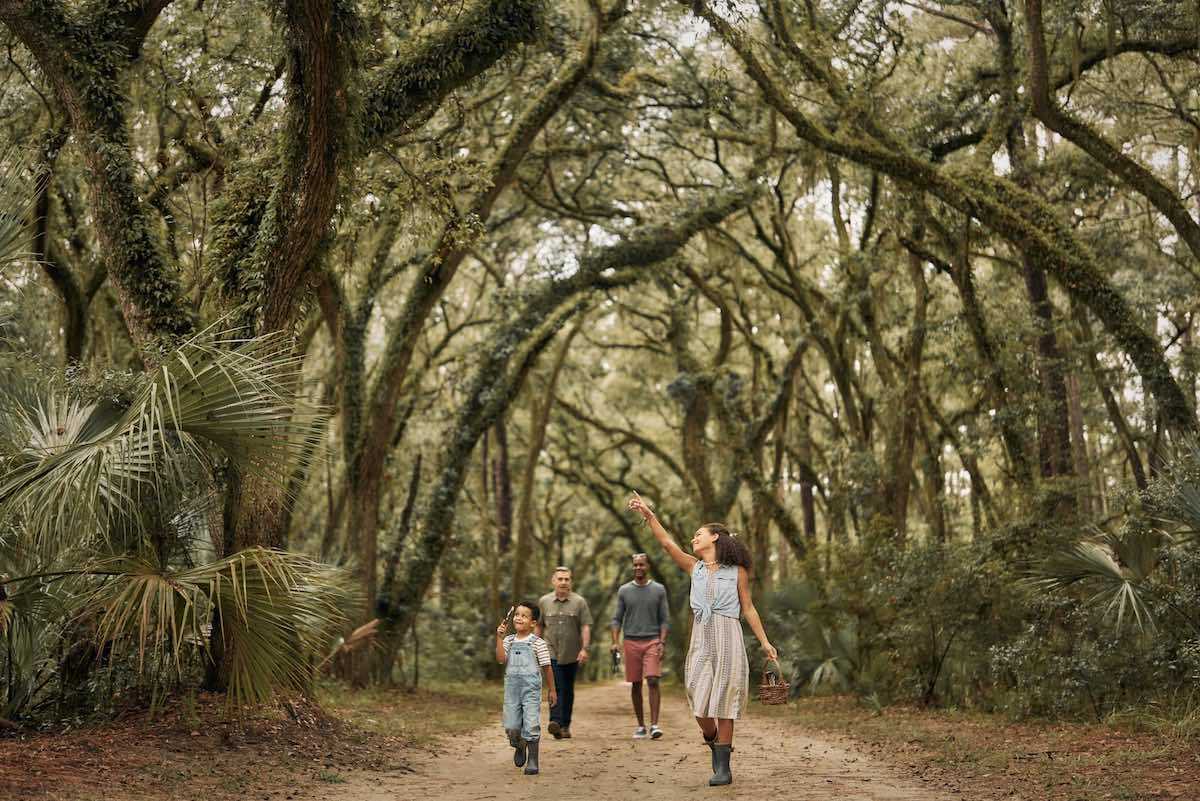
Top 7 Palmetto Bluff Nature Trails Do you ever get the feeling of wanting to escape and wander into a serene paradise? The nature trails at Palmetto Bluff afford opportunities to roam and admire the vastness of the Bluff’s 20,000 acres. Throughout the communi...

Palmetto Bluff’s Moreland Village feels a world away from the more traditional architecture of the iconi...
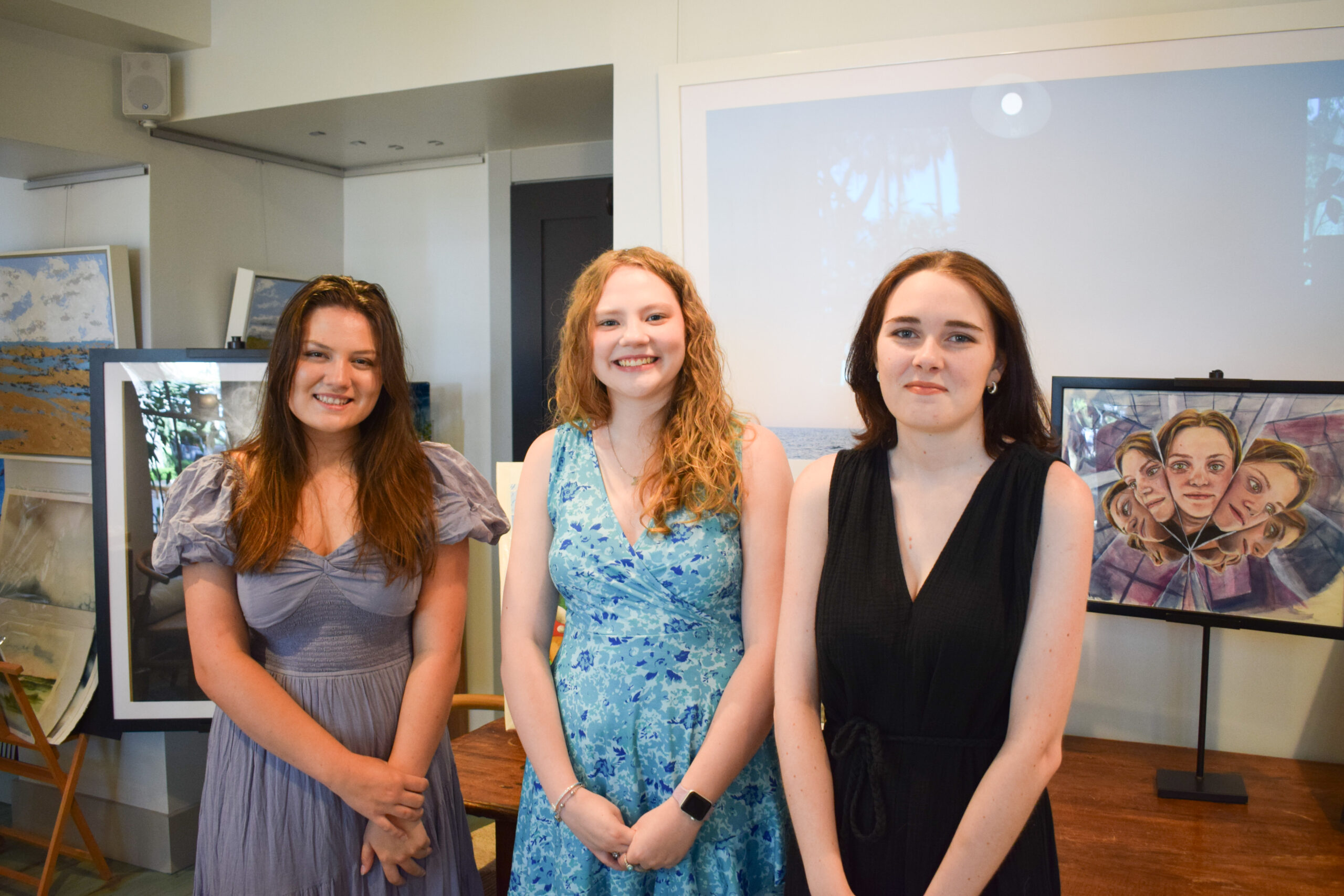
We are thrilled to introduce the inaugural winners of the Inspiring the Arts Scholarship—three extraordinary young women pursuing their artistic dreams through higher education! Katherine Donahue has been named our first official scholarship recipient, wit...

From handmade jewelry to performance wear, the latest arrivals at Palmetto Bluff’s retail spots capture the season in true Lowcountry style. This summer, the Bluff’s shops are full of fresh finds, carefully chosen by our trusted retailers—including FLOW Galler...
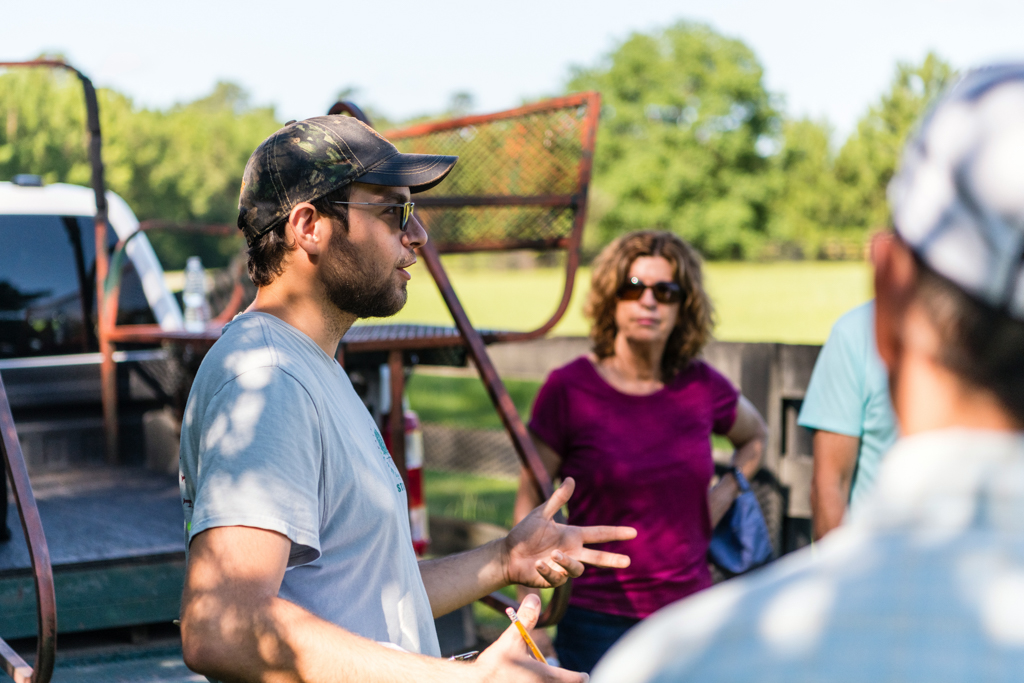
Citizen Science is Thriving at Palmetto BluffDid you know that residents of Palmetto Bluff are playing a vital role in national and global conservation efforts—all from their backyard?Through the Palmetto Bluff Conservancy’s growing Citizen Science programs, c...
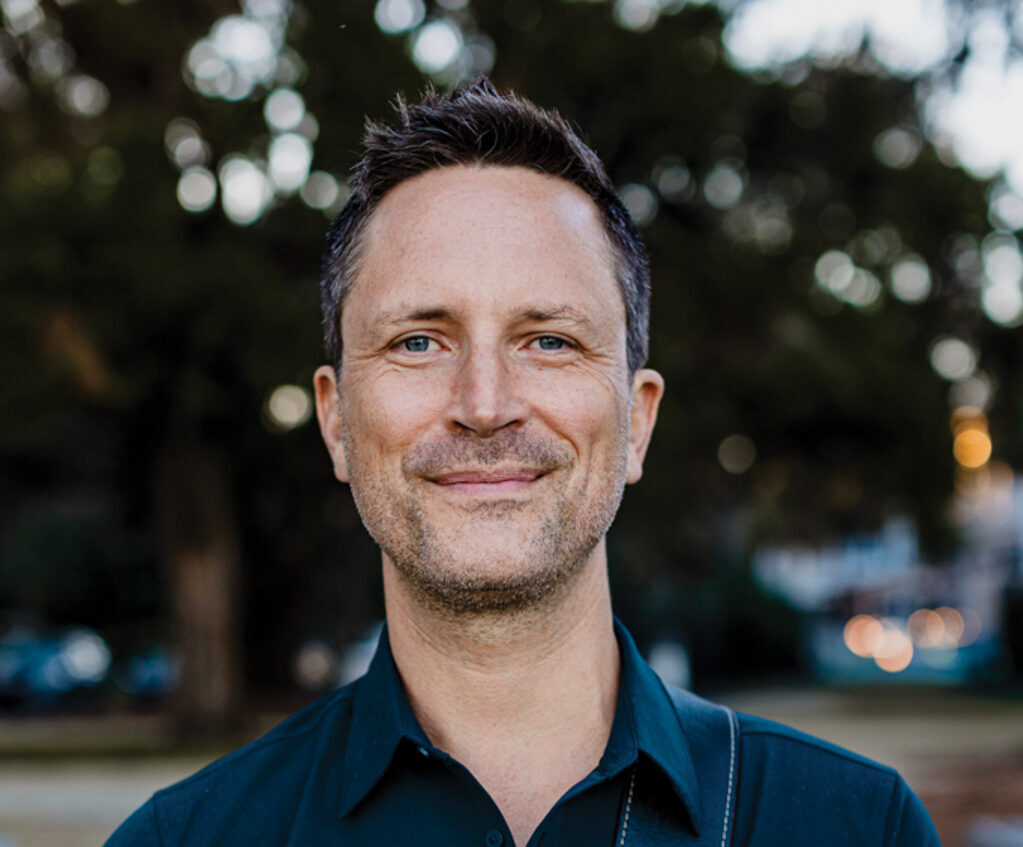
In October 2024, Grammy Award-winning musician Clay Ross visited Palmetto Bluff as part of The Arts Initiative's Artist in Residence Program. Through storytelling and song, he explores identity, heritage, and the universal language of sound. By Barry Kaufman ...
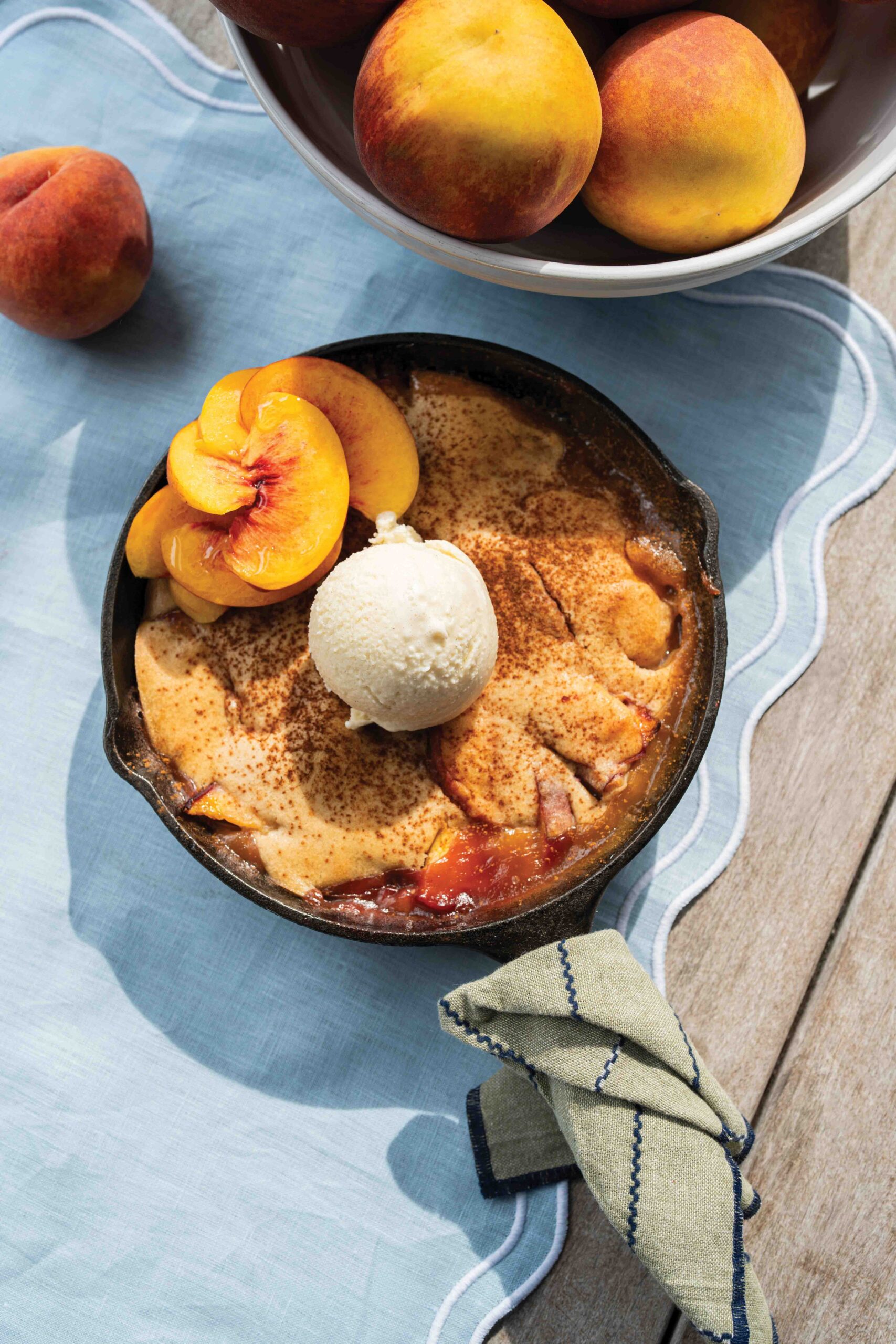
Palmetto Bluff Club Executive Chef Beth Cosgrove and Director of Culinary, Chef Rhy Waddington, Cook Up Four Peachy Recipes for a Summer in the South. Is there anything more iconic than a southern peach? A symbol of summer and Southern heritage, the peach car...
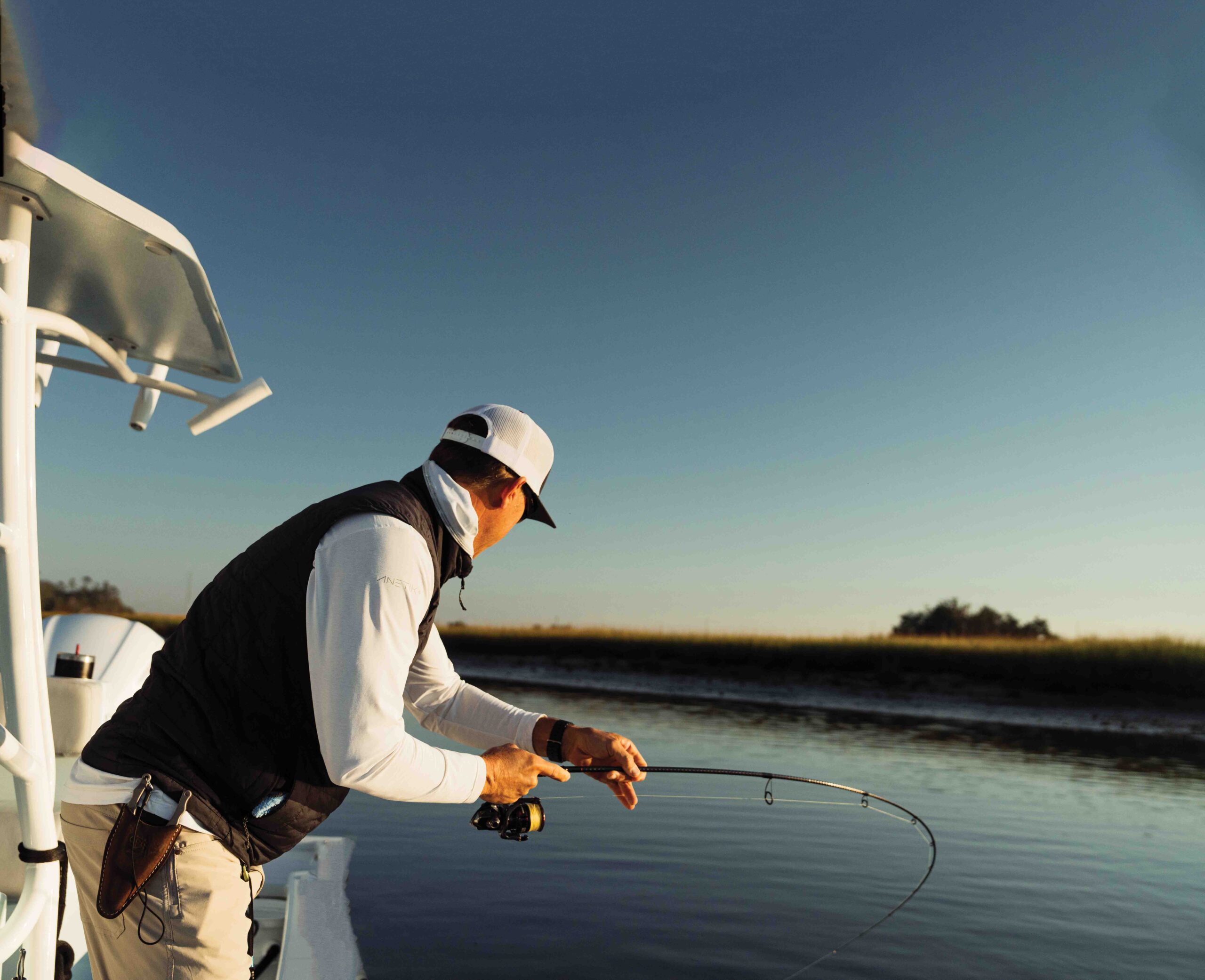
Following the tides and angling for redfish in Lowcountry creeks and estuaries with Captains Brian Vaughn and Will Stephens Story by Sandy Lang It is a sunny morning in October and the water is calm and glassy. The silence is punctuated by a gush of breath f...
Learn about the Palmetto Bluff Conservancy and how we keep the vision of our land in place.
On land or water, there is an ever-evolving variety of activities.
We do not attempt to independently verify the currency, completeness, accuracy or authenticity of the data contained herein. All area measurements and calculations are approximate and should be independently verified. Data may be subject to transcription and transmission errors. Accordingly, the data is provided on an “as is” “as available” basis only and may not reflect all real estate activity in the market”. © [2023] REsides, Inc. All rights reserved. Certain information contained herein is derived from information, which is the licensed property of, and copyrighted by, REsides, Inc.